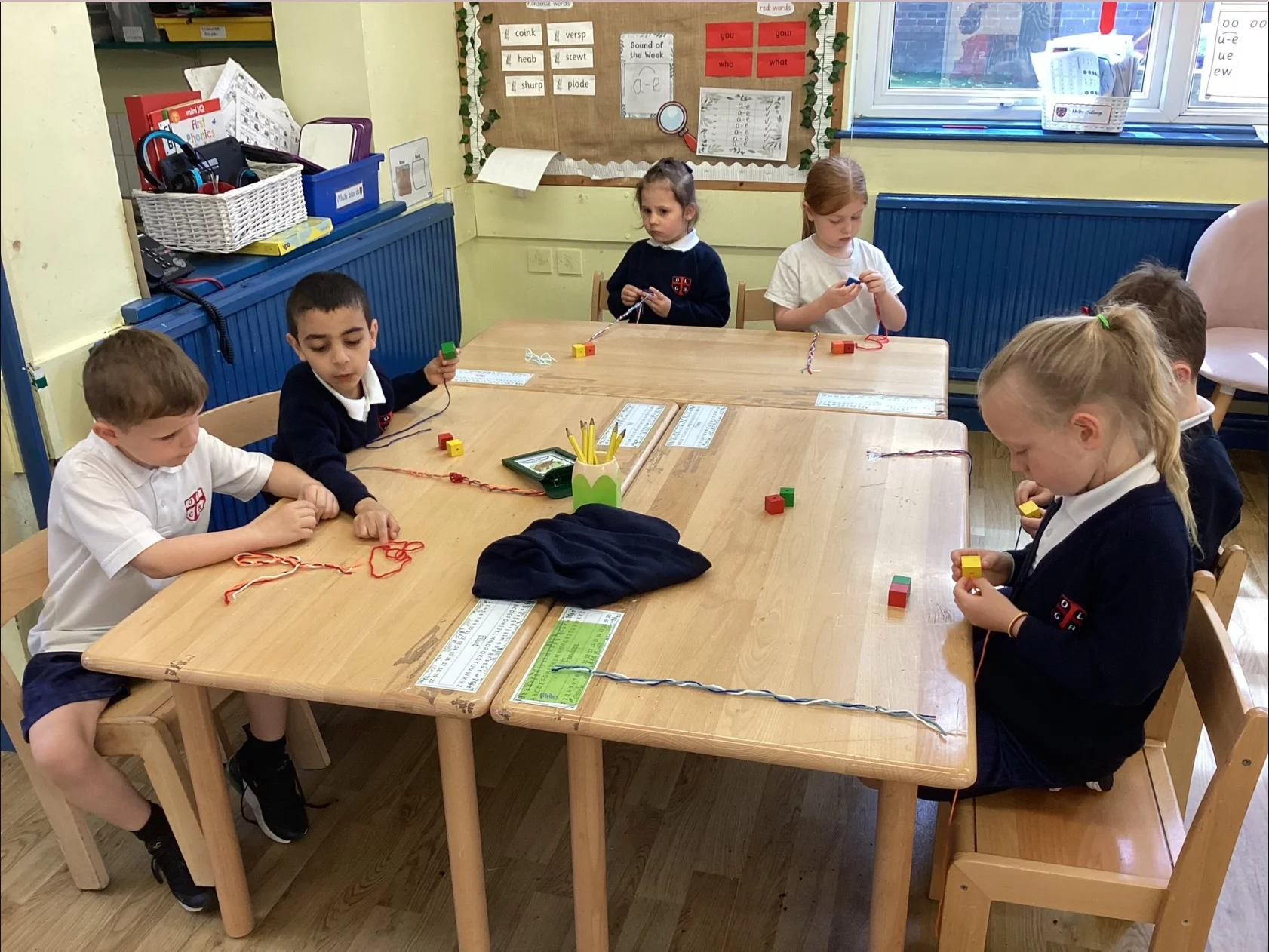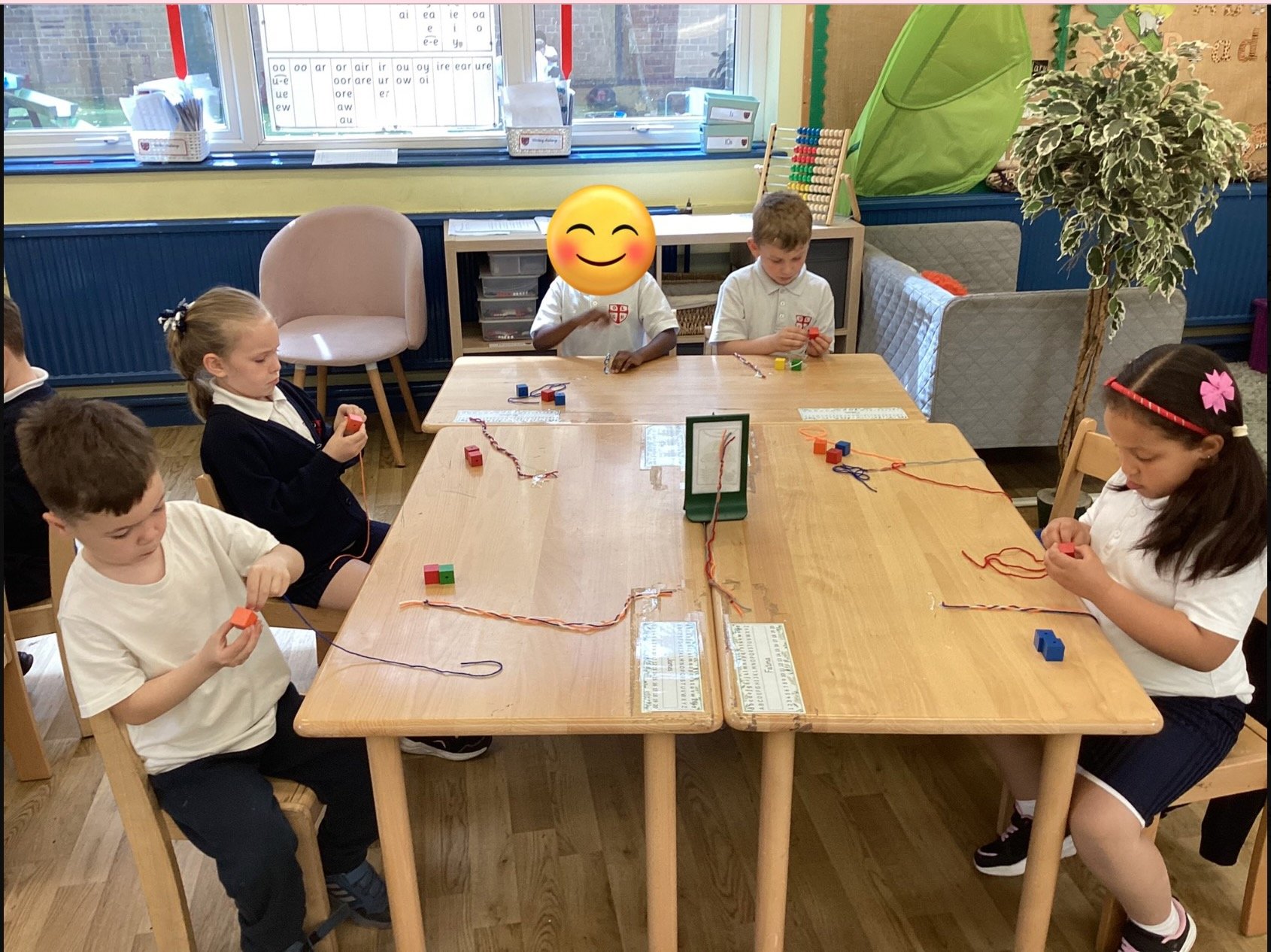Learning objective
- To explore plaiting, threading and knotting techniques.
Success criteria
- I can try something new to me.
- I can
This content is for subscribers only. Join for access today.
National curriculum
Art and design
Pupils
This content is for subscribers only. Join for access today.
Cross-curricular links
- None.
This content is for subscribers only. Join for access today.
Before the lesson
This content is for subscribers only. Join for access today.
Lesson plan
Recap and Recall
This content is for subscribers only. Join for access today.
Extended-mode explainer videos
How to extend your display to view the lesson page and preseantion mode simultaneously. Choose your operating system below to watch the video
If you need further support with extending your display,
please contact [email protected].
Extended-mode explainer video: For Mac
Extended-mode explainer video: For Windows
Differentiation
Pupils needing extra support:
Some pupils may need some one-to-one support to get started; consider seating a more confident child on each table so they can provide a model for the skills being practised. Praise efforts to try again when things don’t go right the first time.
Pupils working at greater depth:
Encourage those children who can already plait, knot and thread confidently to try out new ideas using the techniques; for example, plaiting with fabric or combining more than three strands to plait, tying more than one kind of knot or thinking about pattern and colour combinations when threading.
This content is for subscribers only. Join for access today.
Assessing progress and understanding
Pupils with secure understanding indicated by: being open to trying out a new
This content is for subscribers only. Join for access today.
Vocabulary definitions
-
knot
A way of fastening a material by passing one end of it through a loop and pulling it tight.
-
plait
Join three threads in a special pattern.
This content is for subscribers only. Join for access today.
Example work

Our Lady of Good Help Catholic Primary School, Liverpool

Our Lady of Good Help Catholic Primary School, Liverpool

Our Lady of Good Help Catholic Primary School, Liverpool

Our Lady of Good Help Catholic Primary School, Liverpool

Montem Academy, Slough

Montem Academy, Slough

Montem Academy, Slough

Montem Academy, Slough

Montem Academy, Slough

Montem Academy, Slough

Montem Academy, Slough

Montem Academy, Slough

Montem Academy, Slough

Montem Academy, Slough

Montem Academy, Slough

Montem Academy, Slough
This content is for subscribers only. Join for access today.





